Students embarked on an Integrated Science journey to discover the essence of water by conducting laboratory experiments explaining the change in states of water (from ice - water in a solid state to steam; water in a gas state or vapour state), the water cycle and the distillation process to purify salty/dirty water to pure drinkable water.
 (資料圖)
(資料圖)
This experimental approach challenged students to hypothesis, experiment (take action), analyse data and apply their skills through integrated science practices.
融合科學課堂學生們開始了探索綜合科學之旅。通過參加實驗課程來發現水的本質,解釋水的狀態變化(從冰、固態水到蒸汽、氣態水或蒸氣態水)、水循環以及將咸水/臟水凈化為純凈飲用水的蒸餾過程。
這種實驗方法激勵學生們去假設、實驗(采取行動)、分析數據以及通過綜合科學實踐來應用其技能。
Swipe for Mandarin1. CHANGEINSTATESOF WATERAims of the experiment:
a.To study the temperature change when ice is heated to steam;
b.To learn how to plot the data in the form of a line graph for better understanding of how the different variables influence each other and how to interpret the data. (The independent variable is the cause. Its value is independent of other variables in the study. The dependent variable is the effect. Its value depends on changes in the independent variable.)
Different states of water:
?Melting (water in a solid state, ice to water in a liquid state) - This occurs when the internal energy of the solid increases, typically by the application of heat or pressure, which increases the substance"s temperature to the melting point.;
?Boiling (water in a liquid state to steam, water in a gas/vapour state) - The action of bringing a liquid to the temperature at which it bubbles and turns to vapour or steam;
?Condensation (water in gas/vapour state to water in a liquid state) - Condensation is the process where water vapour becomes liquid;
?Freezing (water in a liquid state to ice, water in a solid state) - Freezing is a phase transition where a liquid turn into a solid when its temperature is lowered below its freezing point.
2.水的狀態變化實驗的目的:
a.研究冰被加熱成蒸汽時的溫度變化;
b.學習如何以折線圖的形式繪制數據,以便更好地理解不同的變量是如何相互影響的,以及如何解釋這些數據。(自變量是原因,它的值與研究中的其他變量無關;因變量是效果,它的值取決于自變量的變化)。
水的不同狀態:
-熔化(固態的水,冰到液態的水)——這發生在固體的內能增加時,通常是通過施加熱量或壓力,使物質的溫度上升到熔點。
-沸騰(液態的水變成蒸汽,氣態/蒸氣態的水)——使液體達到冒泡并變成蒸氣或蒸汽的溫度時的動作。
-凝結(氣體/蒸汽狀態的水變成液體狀態的水)——凝結是水蒸氣變成液體的過程。
-凍結(液態的水變成冰,固態的水)——凍結是一種相變,當溫度降低到冰點以下時,液體變成了固體。
Swipe for Mandarin2.WATERCYCLEAim of the experiment:To simulate the forming of rainDifferent stages of the water cycle:?Evaporation (When the sun heats up water in the sea, rivers and on land, some water evaporates and becomes water vapour.Water air rises and carries the water vapour into the sky);?Condensation (As the upper part of the sky is cooler, the water vapour cools down and condenses to form small water droplets.The water droplets join together to form clouds);?Transportation (Clouds may be carried to other places by the wind);?Precipitation (Water droplets in the cloud gather and become heavier.They fall to the ground as rain, snow or hail.);?Collection (Rainwater and/or snow water are collected in rivers, lakes or the sea.)2、水循環實驗的目的:
模擬雨的形成
水循環的不同階段:
-蒸發(當太陽加熱海洋、河流和陸地上的水時,一些水會蒸發,成為水蒸氣。水空氣上升,將水蒸氣帶入天空)
-凝結(由于天空的上部比較涼爽,水蒸氣降溫并凝結成小水滴。這些水滴結合在一起,形成了云)
-運輸(云可能被風帶到其他地方)
-降水(云中的水滴聚集并變得更重。它們以雨、雪或冰雹的形式落到地面上)
-收集(雨水和/或雪水被收集在河流、湖泊或海洋中)
Swipe forMandarin3. WATER PURIFICATION DISTILLATION(e.g. distillation)Aim of the experiment:
To purify salty/coloured water by distillation
What is distillation?
Distillation is the process of separating the components or substances from a liquid mixture by using selective boiling and condensation. During distillation, water is boiled and changed to steam. Impurities are left behind and the steam is free of impurities. Bioling also kills microorganisms in the water. In the condenser, the steam cools down and condenses to become water droplets. The pure water obtained is called distillate or distilled water.
3、水的凈化蒸餾(如蒸餾法)實驗的目的:
通過蒸餾來凈化含鹽/含色的水
什么是蒸餾法?
蒸餾是通過使用選擇性沸騰和冷凝從液體混合物中分離成分或物質的過程。在蒸餾過程中,水被煮沸并變成蒸汽,雜質被留下,蒸汽中不含雜質。將水煮沸還可以殺死水中的微生物。在冷凝器中,蒸汽冷卻并凝結成水滴,所獲得的純水被稱為蒸餾水。
Swipe for Mandarin#1a5e6bEND
關鍵詞:

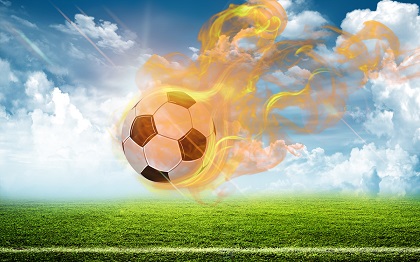

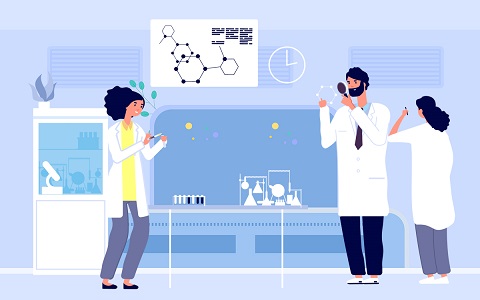
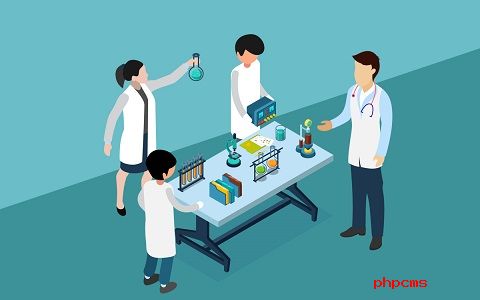






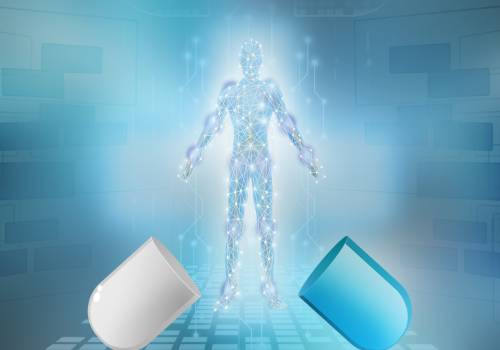
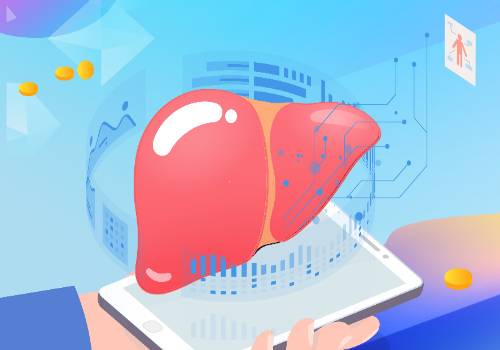


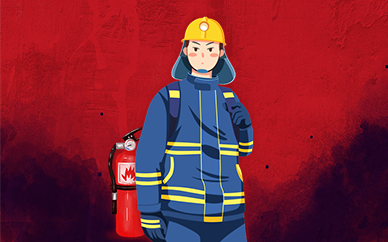



 營業執照公示信息
營業執照公示信息